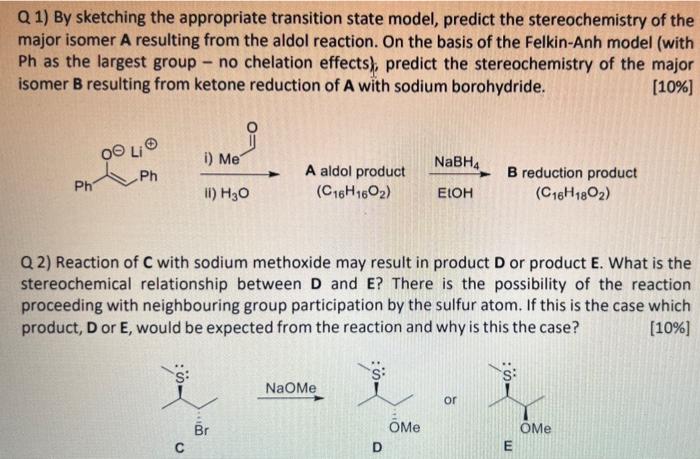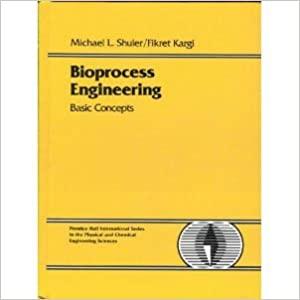Answered step by step
Verified Expert Solution
Question
1 Approved Answer
Diastereoselectivity Q1) By sketching the appropriate transition state model, predict the stereochemistry of the major isomer A resulting from the aldol reaction. On the basis



Diastereoselectivity
Q1) By sketching the appropriate transition state model, predict the stereochemistry of the major isomer A resulting from the aldol reaction. On the basis of the Felkin-Anh model (with Ph as the largest group no chelation effects), predict the stereochemistry of the major isomer B resulting from ketone reduction of A with sodium borohydride. (10%) OOLI i) Me NaBH4 Ph Ph A aldol product (C16H1602) B reduction product (C16H1802) II) H30 ELOH Q2) Reaction of C with sodium methoxide may result in product D or product E. What is the stereochemical relationship between D and E? There is the possibility of the reaction proceeding with neighbouring group participation by the sulfur atom. If this is the case which product, D or E, would be expected from the reaction and why is this the case? (10%) NaoMe or Br D OMe E D Q 3) By first drawing and considering the relative abundance of the two chair conformations of F, and ditto for the two chair conformations of G, explain why F can undergo Ez elimination readily on addition of base (NaOt-Bu) whereas G does not undergo this reaction under the same conditions. Identify the elimination products arising from F. What is expected to be the major elimination product? (10%] Br NaOt-Bu Ez elimination products (C10H18) Out Br NaOt-Bu No E2 elimination products G Q5) Identify the major or sole product formed in each of the following reactions. In each case explain the basis of the selectivity observed. (10%] N-OH (a) 4 The product of a Beckmann rearrangement oi m-CPBA (b) The product of a Baeyer-Villiger rearrangement Ph Ph m-CPBA (c) The product of a Baeyer-Villiger rearrangement (d) i) 9-BBN ii) NaOH/H2O2 The product of hydroboration followed by oxidation (B to O migration) Step by Step Solution
There are 3 Steps involved in it
Step: 1

Get Instant Access to Expert-Tailored Solutions
See step-by-step solutions with expert insights and AI powered tools for academic success
Step: 2

Step: 3

Ace Your Homework with AI
Get the answers you need in no time with our AI-driven, step-by-step assistance
Get Started


